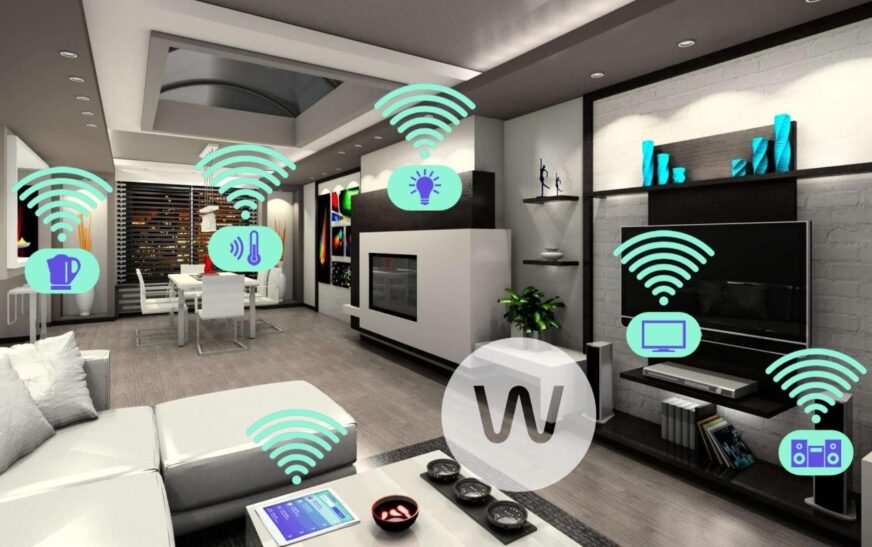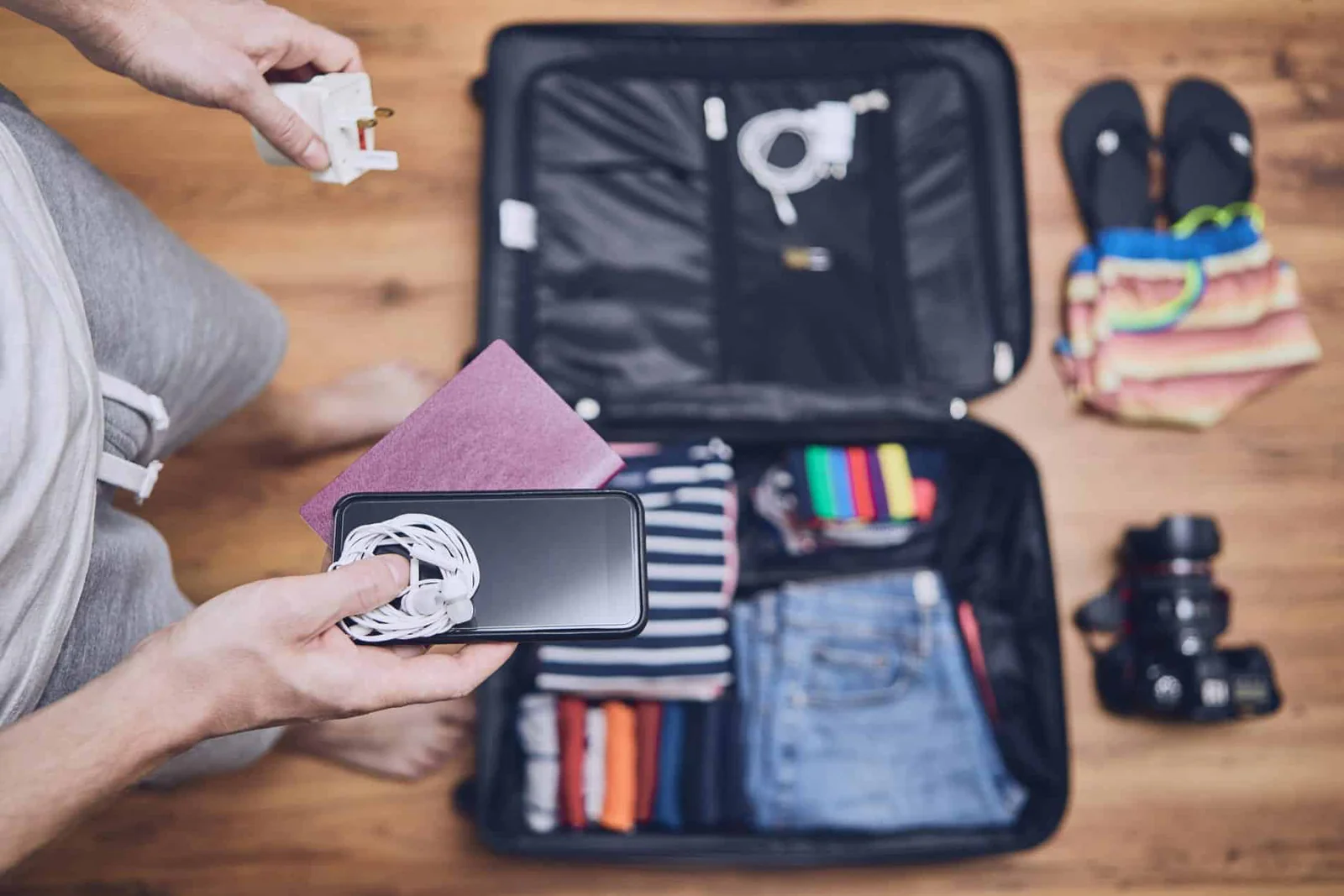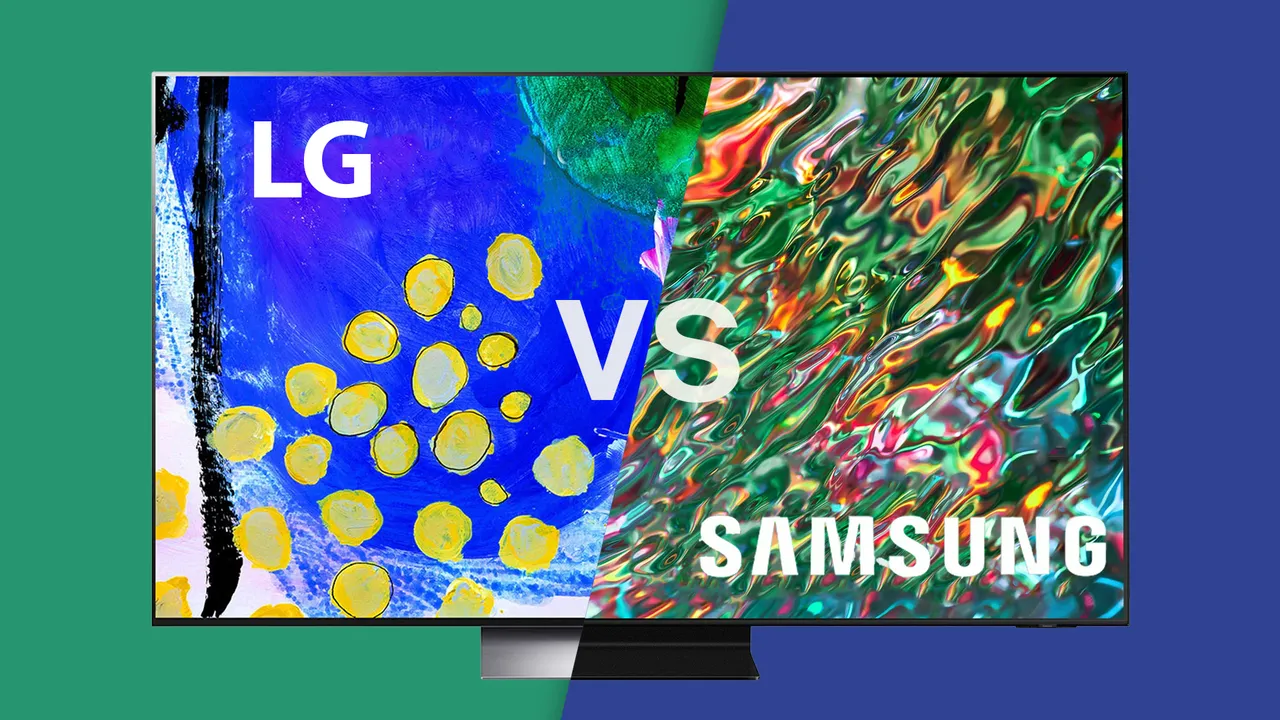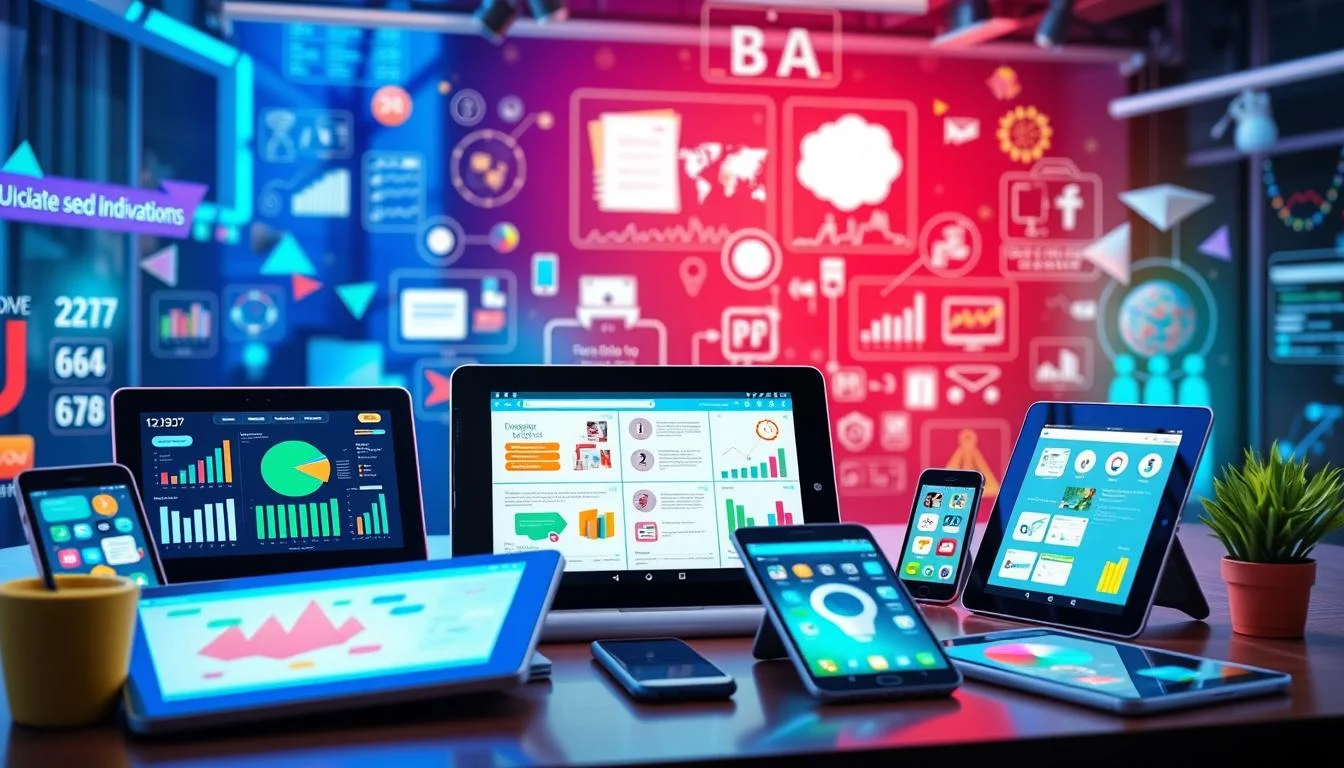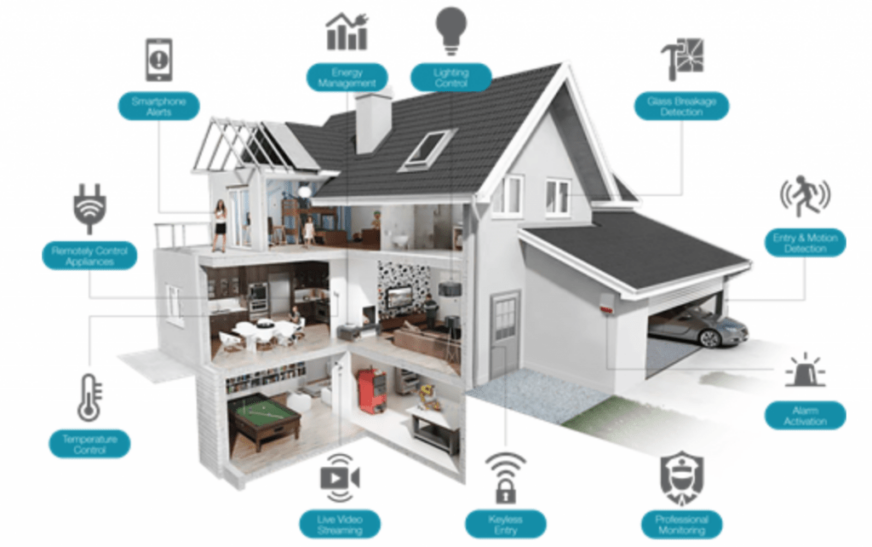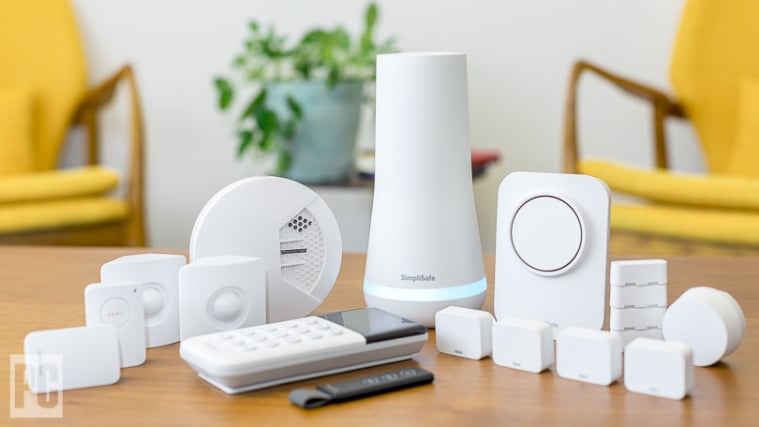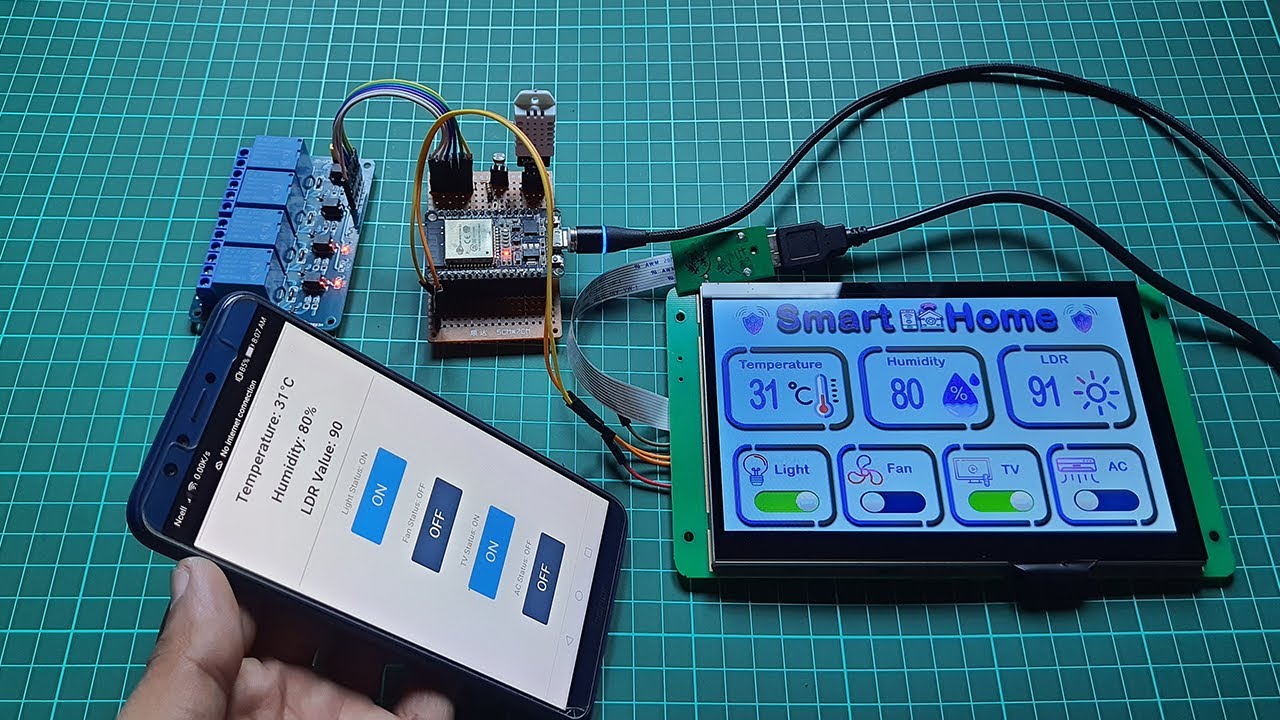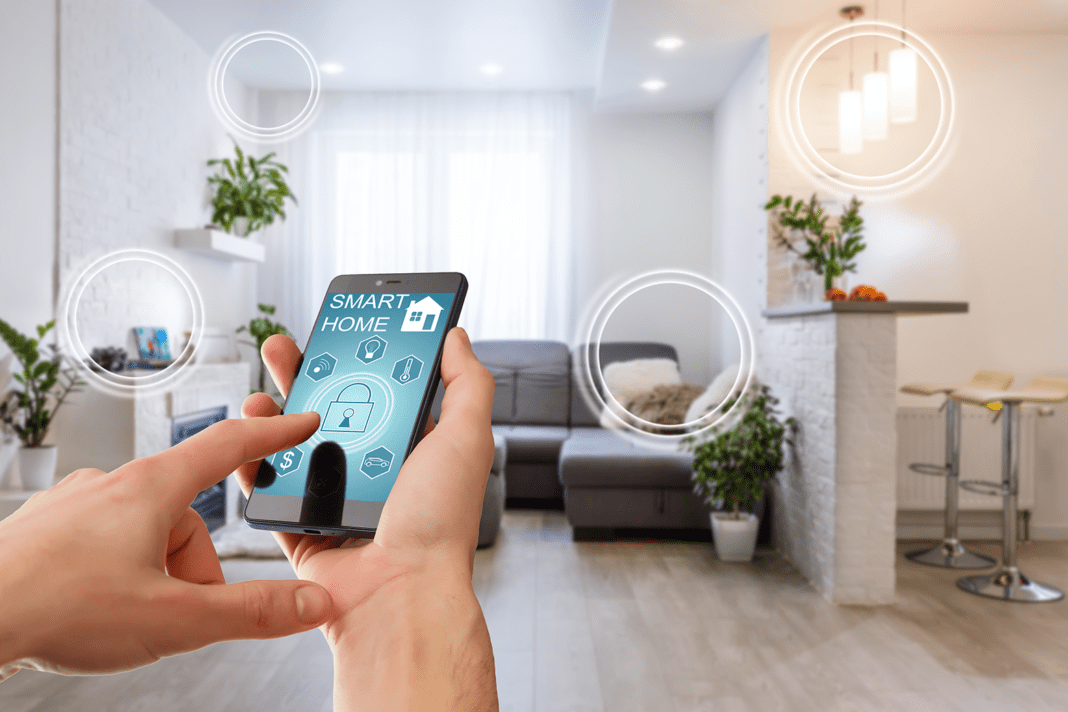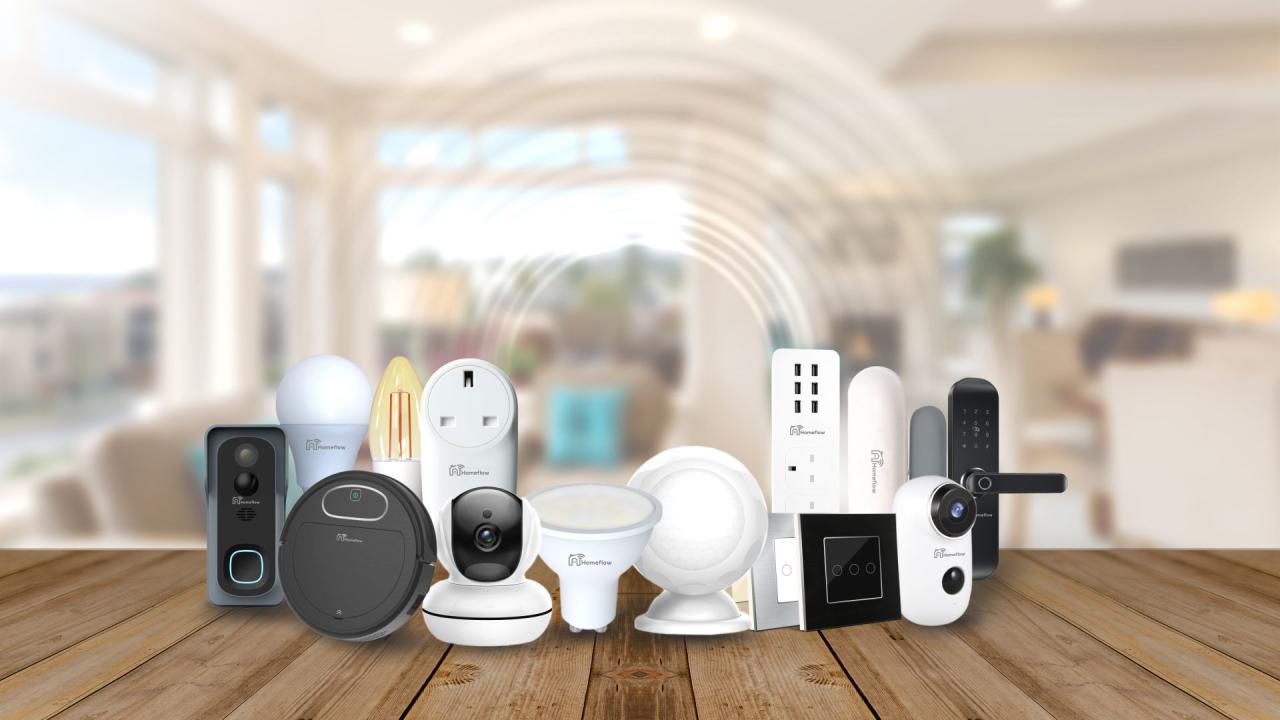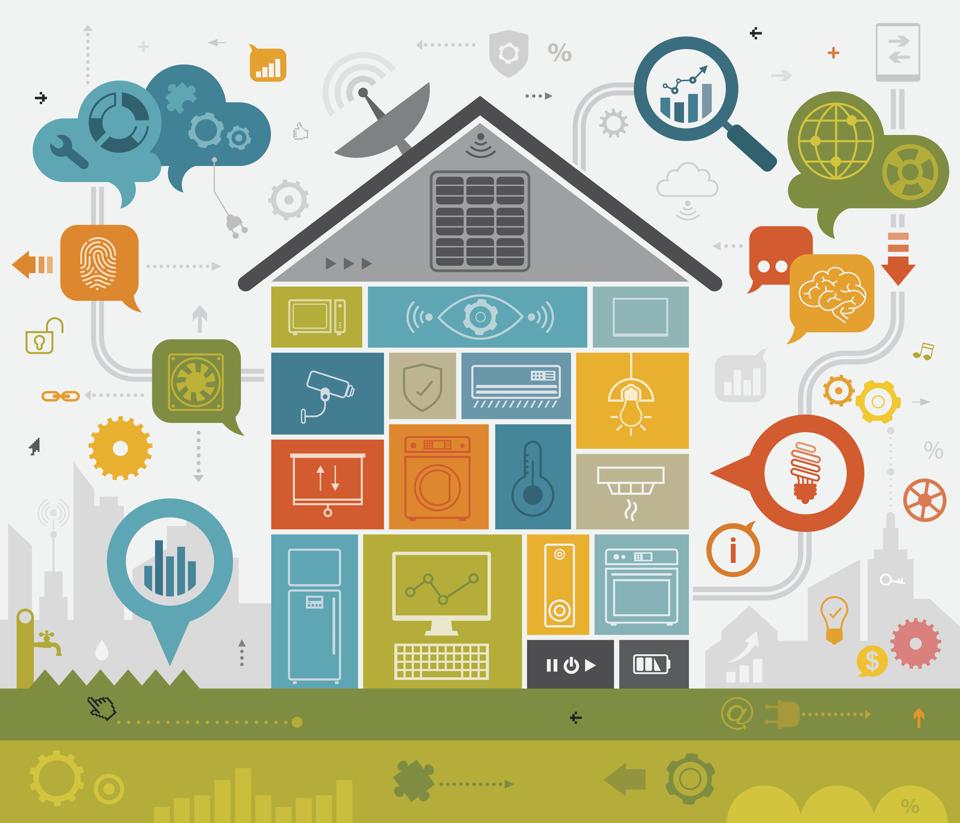As How to Use Smart Devices for a Modern Home takes center stage, this guide invites readers into the world of modern technology, where convenience and efficiency meet seamlessly to enhance daily living experiences. From setting up smart devices to managing them remotely, this comprehensive overview will equip you with the knowledge needed to create a connected home that simplifies your life.
Introduction to Smart Devices in Modern Homes
Smart devices, also known as home automation devices, play a crucial role in modern homes by offering convenience, efficiency, and connectivity like never before. These devices are designed to make everyday tasks easier, enhance security, and provide comfort to homeowners.
By integrating smart devices into their homes, individuals can streamline their routines, save time, and even reduce energy consumption.
Benefits of Using Smart Devices
- Convenience: Smart devices allow homeowners to control various aspects of their homes remotely, such as adjusting the thermostat, turning on lights, or locking doors, all from a smartphone or voice command.
- Efficiency: By automating tasks and optimizing energy usage, smart devices help reduce utility bills and minimize waste, making homes more environmentally friendly.
- Security: Smart devices like smart locks, cameras, and doorbells provide enhanced security features, allowing homeowners to monitor their property and receive alerts in real-time, ensuring peace of mind.
Popular Smart Devices in Modern Homes
- Smart Thermostats: Devices like Nest Thermostat or Ecobee allow users to control the temperature of their homes remotely and learn their preferences to optimize energy usage.
- Smart Lighting Systems: Products such as Philips Hue or LIFX enable users to adjust lighting settings, create schedules, and set ambiance through a smartphone app or voice commands.
- Smart Home Assistants: Virtual assistants like Amazon Alexa or Google Assistant help users manage tasks, provide information, and control other smart devices through voice commands.
Setting Up Smart Devices
Setting up smart devices in your modern home is a crucial step towards creating a convenient and efficient living space. Follow these steps to seamlessly integrate smart technology into your daily life.
Connecting to a Stable Wi-Fi Network
Before setting up your smart devices, ensure that you have a stable Wi-Fi network in your home. A reliable internet connection is essential for the proper functioning of smart devices and to enable seamless communication between devices.
- Position your Wi-Fi router in a central location to ensure optimal coverage throughout your home.
- Secure your Wi-Fi network with a strong password to prevent unauthorized access.
- Consider using a mesh Wi-Fi system for larger homes to eliminate dead zones and ensure consistent connectivity.
Downloading and Installing Necessary Apps
To control your smart devices effectively, you will need to download and install the corresponding apps on your smartphone or tablet. These apps serve as the interface for managing and monitoring your smart devices remotely.
- Visit the App Store or Google Play Store on your mobile device.
- Search for the specific app associated with your smart device brand or model.
- Download and install the app on your mobile device.
- Follow the app’s instructions to connect your smart devices to the app and set up any necessary configurations.
Managing Smart Devices Remotely
In the modern era of smart homes, managing smart devices remotely has become a convenient and efficient way to control your home environment even when you are away.
Transform your home into a smart and efficient space with the latest smart devices. Discover the top recommendations for enhancing your living environment in this article and embrace the convenience of modern technology.
Controlling Smart Devices Remotely
Smart devices can be easily controlled remotely using smartphones or voice assistants such as Amazon Alexa or Google Assistant. By connecting your smart devices to a centralized app on your phone, you can monitor and control them from anywhere in the world as long as you have an internet connection.
Creating Schedules and Routines
One of the key benefits of managing smart devices remotely is the ability to create schedules and routines for automation. You can set specific times for your smart lights to turn on or off, adjust the thermostat temperature, or even start your coffee maker in the morning, all without manual intervention.
Traveling can be hassle-free with the right smart accessories. Stay connected and organized on the go with the help of these innovative gadgets designed for tech-savvy travelers.
This not only saves time but also enhances the overall efficiency of your home.
Importance of Cybersecurity Measures, How to Use Smart Devices for a Modern Home
When managing smart devices remotely, it is crucial to prioritize cybersecurity measures to protect your personal information and ensure the security of your smart home. Make sure to use strong, unique passwords for each smart device, enable two-factor authentication whenever possible, and regularly update the firmware of your devices to patch any security vulnerabilities.
Optimizing server backup and recovery is crucial for ensuring smooth operations. By following best practices outlined in this guide , you can minimize downtime and protect your data effectively.
Integrating Smart Devices for a Connected Home
In a connected home, various smart devices work together seamlessly to enhance convenience, efficiency, and security for homeowners. By integrating different smart devices, such as smart speakers, thermostats, and cameras, users can create a cohesive ecosystem that offers a truly modern living experience.
Examples of Integration with Smart Devices:
- Smart Speaker and Thermostat Integration: By connecting a smart speaker like Amazon Echo or Google Home with a smart thermostat like Nest, homeowners can control the temperature of their homes using voice commands. For example, they can adjust the thermostat settings by simply asking the smart speaker to do so.
- Camera and Smart Lock Integration: Integrating a smart security camera with a smart lock allows homeowners to monitor their home’s entrance and remotely control access. For instance, they can view live camera feeds and unlock the door for trusted visitors from their smartphones.
Benefits of a Connected Home Ecosystem:
- Convenience: With integrated smart devices, homeowners can automate routine tasks, control multiple functions from a single device, and enjoy hands-free operation through voice commands.
- Energy Efficiency: By integrating smart thermostats, lights, and appliances, homeowners can optimize energy usage based on their preferences and schedules, leading to cost savings and reduced environmental impact.
- Enhanced Security: A connected home ecosystem with integrated cameras, sensors, and alarms provides comprehensive security monitoring and alerts, offering peace of mind and protection against potential threats.
Discover the endless possibilities of integrating smart devices in your modern home and take the first step towards a more streamlined and efficient lifestyle. Embrace the future of home automation and experience the convenience of controlling your environment with just a touch or a voice command.
Make your home smarter today!

